
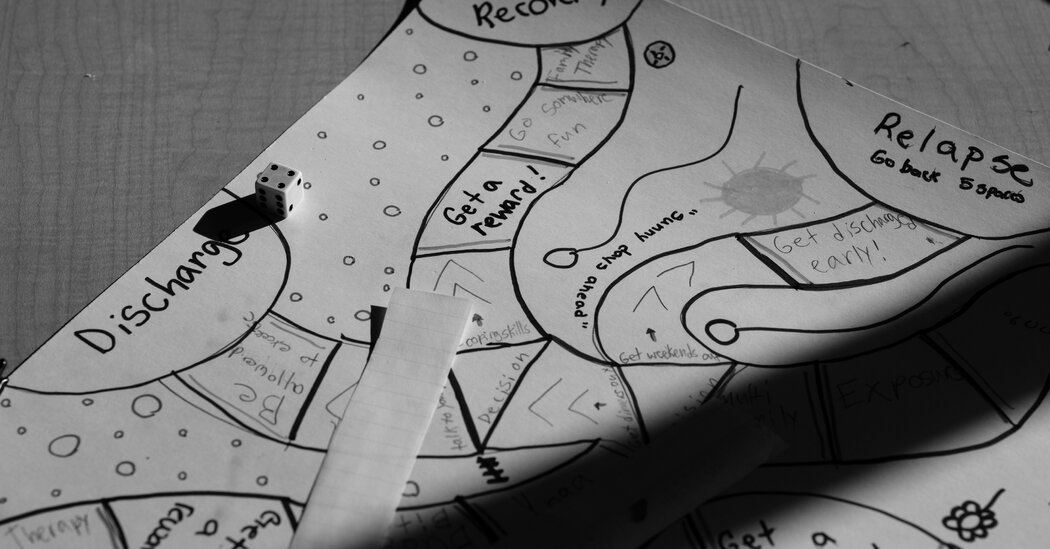
In mid-April, I was speaking to the mother of a suicidal teenager whose struggles I’ve been closely following. I asked how her daughter was doing.
Not well, the mother said: “If we can’t find something drastic to help this kid, this kid will not be here long term.” She started to cry. “It’s out of our hands, it’s out of our control,” she said. “We’re trying everything.”
She added: “It’s like waiting for the end.”
Over nearly 18 months of reporting, I got to know many adolescents and their families and interviewed dozens of doctors, therapists and experts in the science of adolescence. I heard wrenching stories of pain and uncertainty. From the outset, my editors and I discussed how best to handle the identities of people in crisis.
The Times sets a high bar for granting sources anonymity; our stylebook calls it “a last resort” for situations where important information can’t be published any other way. Often, the sources might face a threat to their career or even their safety, whether from a vindictive boss or a hostile government.
In this case, the need for anonymity had a different imperative: to protect the privacy of young, vulnerable adolescents. They have harmed themselves and attempted suicide, and some have threatened to try again. In recounting their stories, we had to be mindful that our first duty was to their safety.
If The Times published the names of these adolescents, they could be easily identified years later. Would that harm their employment opportunities? Would a teen — a legal minor — later regret having exposed his or her identity during a period of pain and struggle? Would seeing the story published amplify ongoing crises?
As a result, some teenagers are identified by first initial only; some of their parents are identified by first name or initial. Over months, I got to know M, J and C, and in Kentucky, I came to know struggling adolescents I identified only by their ages, 12, 13 and 15. In some stories, we did not publish precisely where the families lived.
Everyone I interviewed gave their own consent, and parents were typically present for the interviews with their adolescents. On a few occasions, a parent offered to leave the room, or an adolescent asked for privacy and the parent agreed.
In these articles, I heard grief, confusion and a desperate search for answers. The voices of adolescents and their parents, while shielded by anonymity, deepen an understanding of this mental health crisis.
24World Media does not take any responsibility of the information you see on this page. The content this page contains is from independent third-party content provider. If you have any concerns regarding the content, please free to write us here: contact@24worldmedia.com
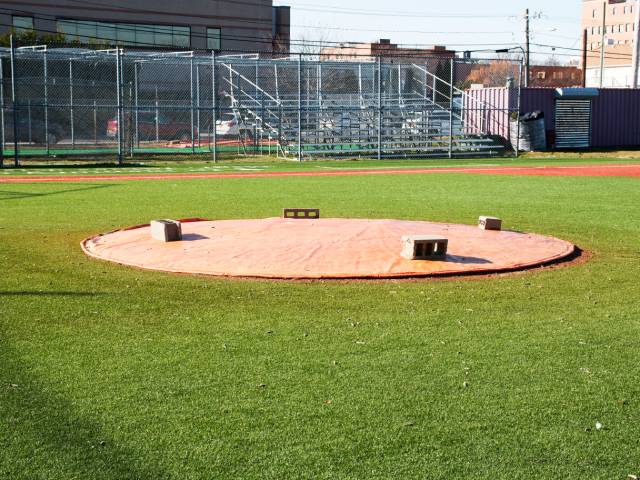
Common Mistakes When Using Athletic Field Tarps

High-Performance Diesel Truck Upgrades You Should Consider

Warehouse Optimization Tips To Improve Performance
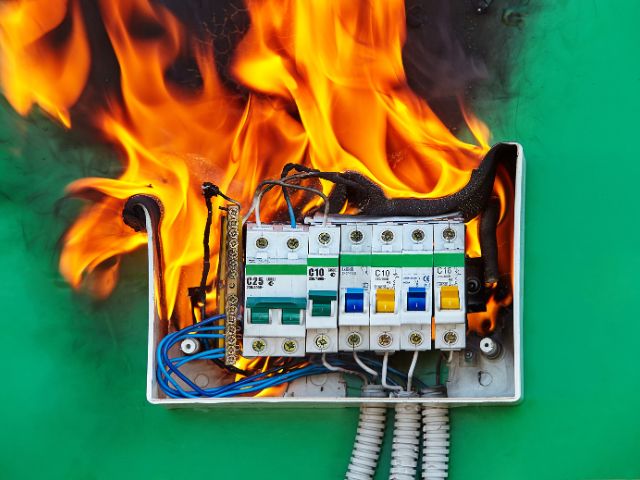
Fire Hazards in Daily Life: The Most Common Ignition Sources

Yellowstone’s Wolves: A Debate Over Their Role in the Park’s Ecosystem

Earth Day 2024: A Look at 3 Places Adapting Quickly to Fight Climate Change
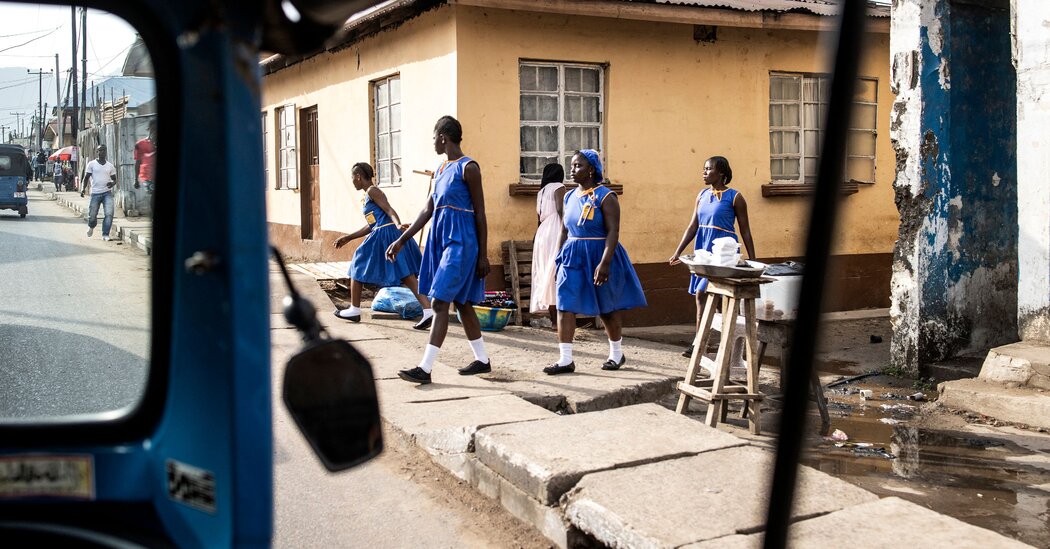
Millions of Girls in Africa Will Miss HPV Shots After Merck Production Problem
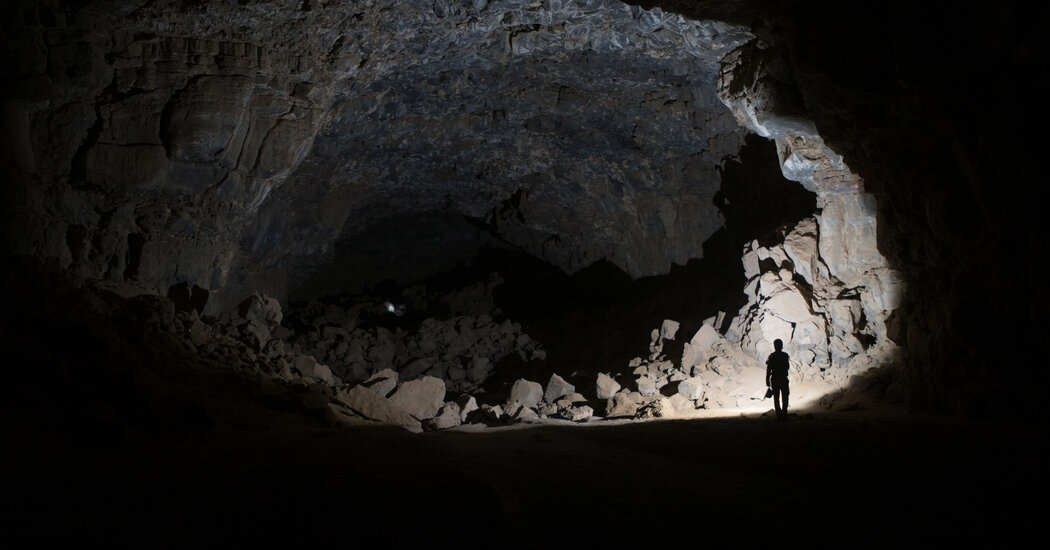
This Lava Tube in Saudi Arabia Has Been a Human Refuge for 7,000 Years
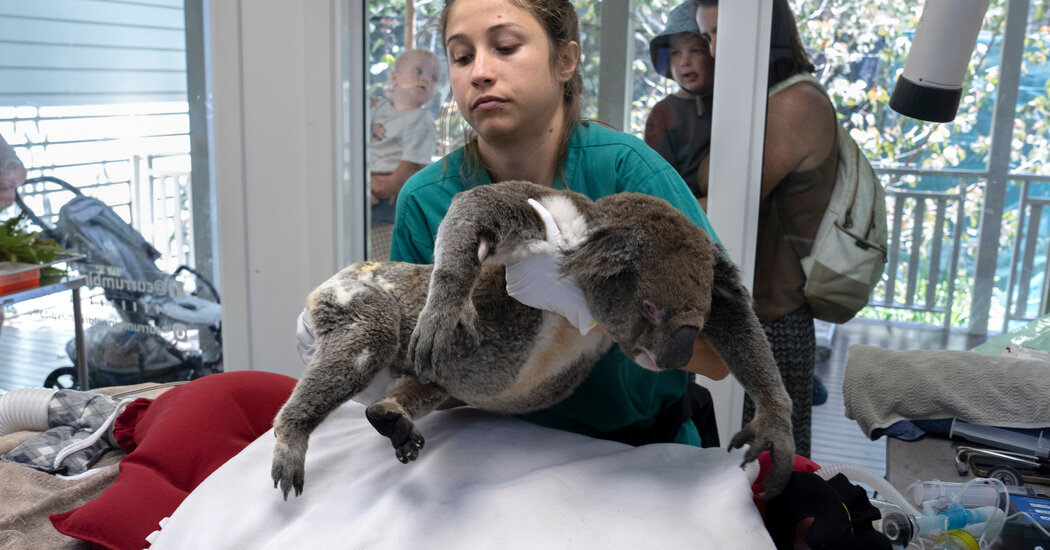
Four Wild Ways to Save the Koala (That Just Might Work)

National Academy Asks Court to Strip Sackler Name From Endowment

Ways Industrial Copper Helps Energy Production

The Ins and Out of Industrial Conveyor Belts